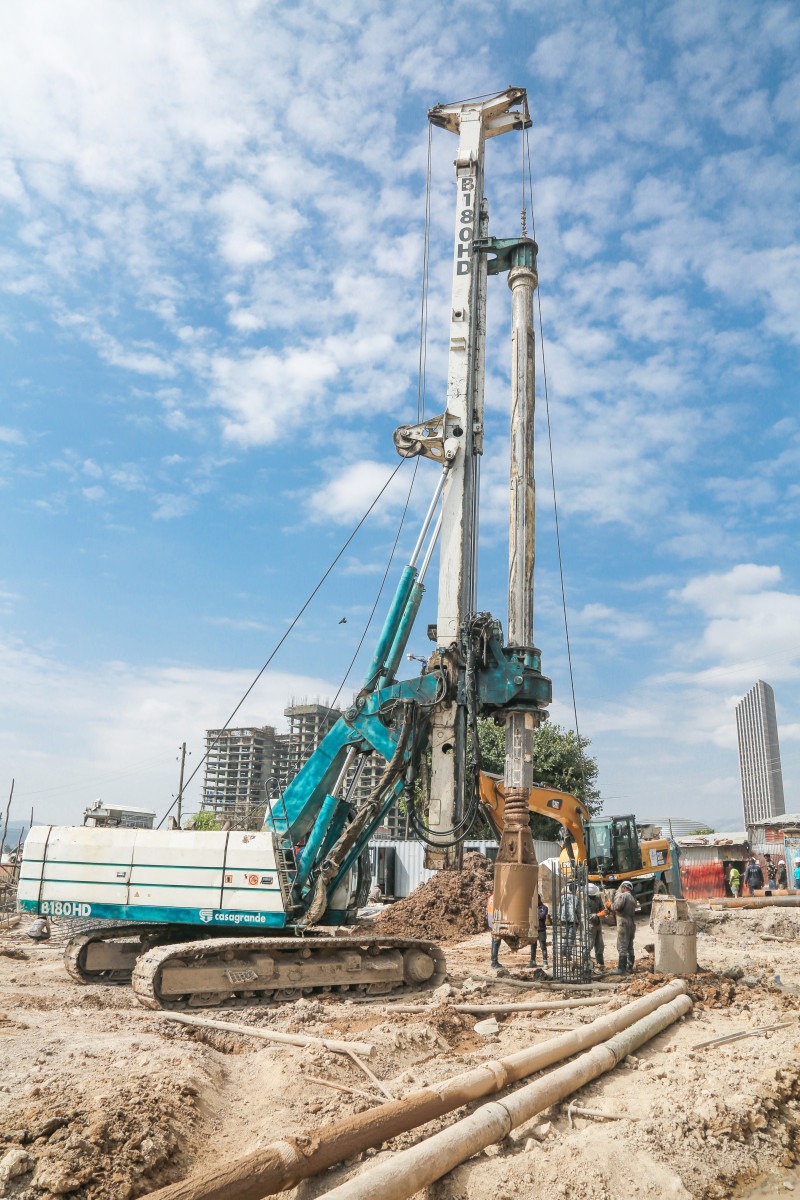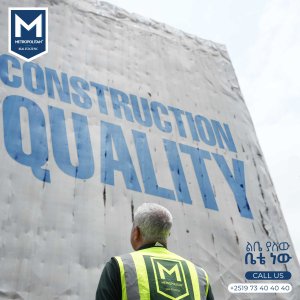Foundations in construction are the lowest part of the building or the civil structure that is in direct contact with the soil which transfers loads from the structure to the soil safely.
Types of foundations
Generally, the foundation can be classified into two, namely shallow foundation and deep foundation.
Shallow Foundations
Shallow foundations are also called spread footings or open footings. The ‘open’ refers to the fact that the foundations are made by first excavating all the earth to the bottom of the footing, and then constructing the footing. During the early stages of work, the entire footing is visible and is, therefore, called an open foundation. The idea is that each footing takes the concentrated load of the column and spreads it out over a large area so that the actual weight on the soil does not exceed the safe bearing capacity of the soil.
There are several kinds of shallow footings: individual footings, strip footings, and raft foundations.
Deep Foundations
Pile Foundations
A pile is a long cylinder of a strong material such as concrete that is pushed into the ground so that structures can be supported on top of it.
Pile foundations are used in the following situations:
- When there is a layer of weak soil at the surface. This layer cannot support the weight of the building, so loads of the building have to bypass this layer and be transferred to the layer of stronger soil or rock that is below the weak layer.
- When a building has very heavy and concentrated loads, such as in a high-rise structure, it surely needs pile foundations.
Pile foundations are capable of taking higher loads than spread footings.
There are two types of pile foundations, each of which works in its way.
End Bearing Piles
In end-bearing piles, the bottom end of the pile rests on a layer of, especially strong soil or rock. The load of the building is transferred through the pile onto the strong layer. In a sense, this pile acts as a column. The key principle is that the bottom end rests on the surface, which is the intersection of a weak and strong layer. The load, therefore, bypasses the weak layer and is safely transferred to the strong layer.
Friction Piles
Friction piles work on a different principle. The pile transfers the load of the building to the soil across the full height of the pile by friction. In other words, the entire surface of the pile, which is cylindrical, works to transfer the forces to the soil.
To visualize how this works, imagine you are pushing a solid metal rod of say 4mm diameter into a tub of ice cream. Once you have pushed it in, it is strong enough to support some load. The greater the embedment depth in the ice cream, the more load it can support. This is very similar to how a friction pile works. In a friction pile, the amount of load a pile can support is directly proportional to its length.
Metropolitan Real Estate is currently undergoing foundation works on its fifth project, Central Tower Luxury Apartments, and has gone too far building the Westview Standard Apartments.
Metropolitan real estate PLC, is an American-owned Real estate building, building quality homes in Ethiopia to fulfill the needs of luxury real estate for sale in Addis Ababa and all of Ethiopia.
Let us connect today, on Metropolitan Real estate, which has multiple ongoing projects such as Metropolitan Central Tower Luxury Apartments are around AU headquarters. Metropolitan Westview Standard Apartments located at Total Soset kuter Mazoriya. If you are ready to begin your journey on the way to becoming a homeowner, please contact us with the Ethiopian office: +251973404040 and USA office: +1 480 280 2242.




